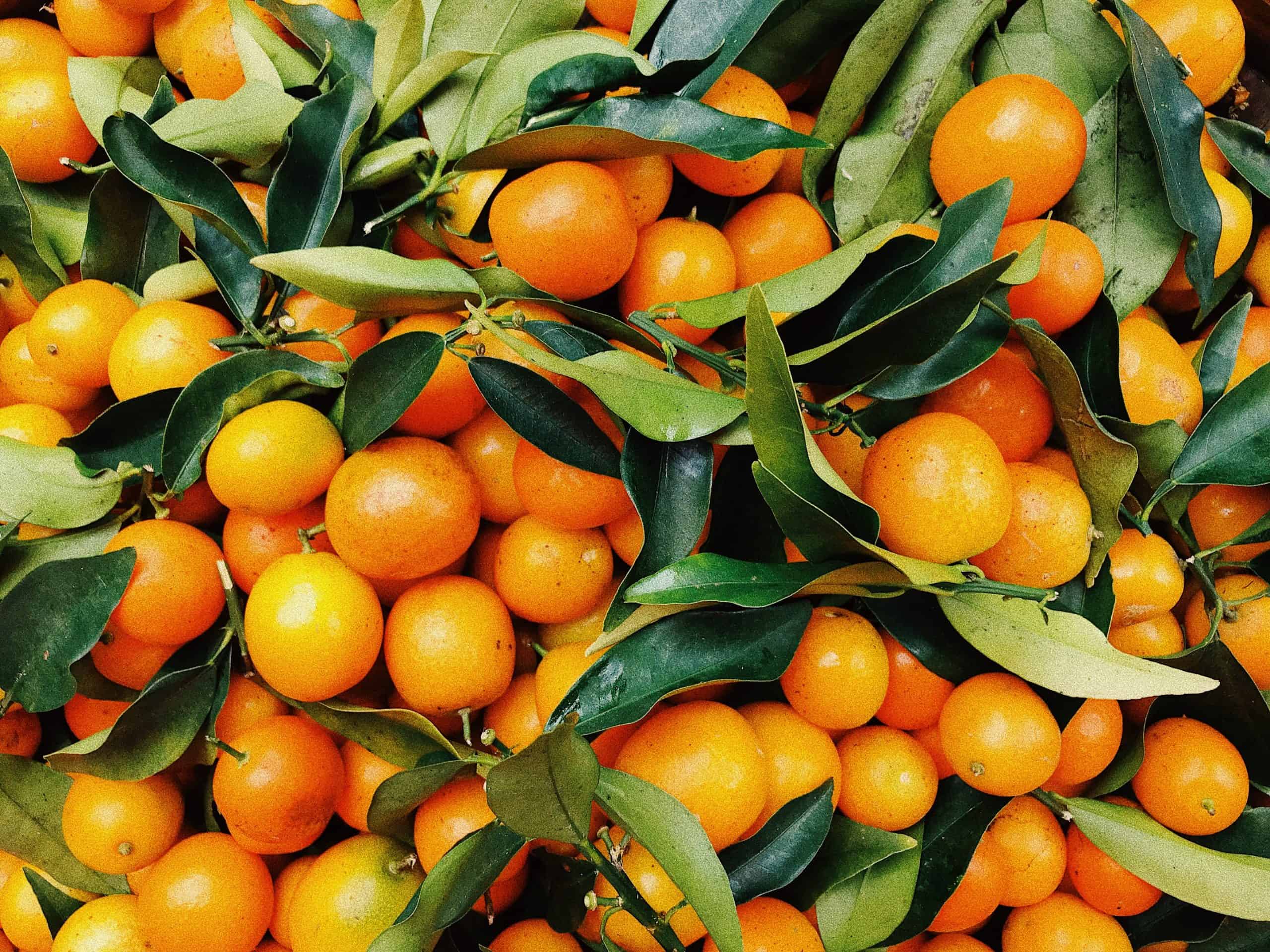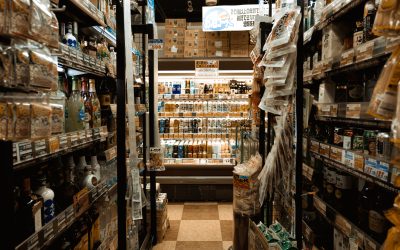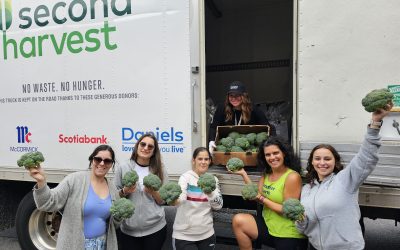Surplus is an amount that is more than what is needed. It’s an excess of supply over demand. Surplus food then, based on this definition, is the quantity of food that we grow or make that exceeds the demand. It is an abundance of food. In a perfect world, we would make just enough food to feed everyone. Any unexpected extra food would be eaten. But in Canada, only 4% of surplus edible food is rescued before it goes to waste and is redistributed to feed the millions of Canadians who do not have access to enough food for a healthy, balanced diet.
Today, you’ll learn:
- What surplus edible food means
- The difference between food loss and waste (when it comes to surplus food)
- How much surplus edible food is wasted (spoiler alert: ~96% in Canada)
- Why this is a social and environmental problem
- What you can do about it
What is Surplus Edible Food?
Not all food surplus is alike. Some excess food isn’t edible or avoidable. For instance, unavoidable surplus food includes things like animal by-products, like bones, shells, or husks, and the expected or planned food waste that happens often because we don’t eat every part of some foods. If you make stock and throw out the cooked vegetables, that is planned surplus.
Avoidable food loss and waste is surplus edible food that could have been eaten but for various reasons it was wasted. It’s surplus edible food that is still good, healthy, and nourishing to eat. This could be unsold food like unharvested produce, items past their best-before date, or food left to go bad.
Examples of Surplus Edible Food Loss
By now, you may have noticed that we say food loss and waste. That’s because there’s a difference, even though they’re often lumped together as simply food waste. Food loss happens during production, post-harvest, and processing and manufacturing. Some of this is unavoidable, like mentioned earlier, but some of it is avoidable.
Some examples of avoidable surplus edible food loss are when too much milk is produced and there isn’t a market or demand for it and so it goes down the drain post-production. Or if orders are cancelled after farmers already planted and grew the crops—and they can’t find a last-minute buyer for it—that food is lost on the farm. If a manufacturer makes too much of a product and exceeds their contracted amount with distributors, that food is now surplus edible food loss. Same with unexpected labour shortages that result in produce going bad before it could be harvested or processed.
Examples of Surplus Edible Food Waste
Fast-forward along the food chain are distributors, retailers like grocers, and hotels, restaurants, institutions, and consumers (ie. homes). Food waste happens here.
An example food waste is perfectly good day-old bread or pastries that don’t sell and go to waste. Blemished and imperfect fruit, wilted greens, “ugly” vegetables, or items that were too close to or past their best-before dates are other examples. Good food that goes to waste by anyone, from distributors, delivery trucks, grocers, restaurants, or us at home, is avoidable food waste.
How Much Surplus Edible Food is Lost or Wasted?
In our 2022 ground-breaking report, Wasted Opportunity, Second Harvest discovered just how much surplus edible food is being lost and wasted.
Canada’s food industry produces 3.2 million metric tonnes of surplus edible food each year. Of that deliciously edible surplus food, only 4% is rescued before it goes to waste and is redistributed to people who need it.
That means that 96% of surplus edible food goes to waste in Canada. This surplus food isn’t rescued or redistributed to help feed the millions of Canadians who experience food insecurity every day.
Mind you, 96% is a conservative estimate based on what 127,177 surveyed could-be surplus food donor businesses believe is edible surplus that they might donate. This is not necessarily what is actually edible but they are not inclined to donate to food rescue. The reality might be worse still—and this is just in Canada.
Why (and How) is This a Problem?
We’ve seen from research that 52 million people can be fed with Canada’s food production, which could be a massive surplus for our population of 38 million. But one in eight Canadians struggle to put food on the table. In Second Harvest’s second report with Value Chain Management International (VCMI), Canada’s Invisible Food Network, we found that there are 4X more food charities feeding those in need than there are grocery stores in Canada!
And we now know that 96% of that edible surplus food produced by the food industry, goes to waste—it doesn’t even make it to those thousands of food charities across Canada. Wasting surplus food is a major social issue. Instead, it can be a miraculous part of the solution to eliminating hunger in Canada.
Wasting surplus food is a waste on multiple levels, including wasting all of the energy and resources that went into growing, producing, manufacturing, processing, distributing, marketing, and selling the food. It’s bad for business, resources, people, and the planet. Canada creates 56.5 million tonnes of CO2 equivalent emissions every year from food waste.
For more reading on the environmental impact of food waste, check out:
- Our Climate Crisis and Food Security
- A Drop’s Worth: The Value of Water on Food Security
- EARTH DAY: 7 Things You Can Do About The Climate Crisis
We can and must do better.
What Can You Do About Food Loss and Waste?
There is hope yet, if we all do our part. In Second Harvest’s most recent report, Wasted Opportunity, we dove into food loss and waste in the food industry specifically. We looked at the types of surplus edible food, where it comes from, and the opportunities or solutions to curb waste. Based on all that we now know, here’s what you can do:
- Read the report to discover the five factors that have the greatest impact on the willingness of businesses to donate surplus food
- Learn about food waste with these free resources for Stop Food Waste Day 2022
- Learn about Second Harvest food rescue
- Do your part at home





